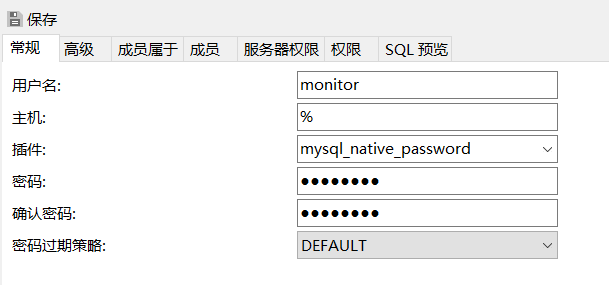I am reading quick sort algorithm in book by Robert Sedwick Algorithms and data structures part 1-4.
template <class item>
static void quicksort(item [] a, int l, int r)
{
if(r <= l) return;
int i = partition(a,l,r);
quicksort(a, l, i-1);
quicksort(a, i+1, r);
}
template <class item>
int partition(item a[], int l, int r)
{
int i = l-1; j = r; item v = a[r];
for(;;) {
while( a[++i] < v );
while( v < a[--j] )
if( j == l )
break;
if( i >= j)
break; // pointer crossing.
exch(a[i], a[j]);
}
exch(a[i], a[r]);
return i;
}
Book has following text on above algorithm.
When duplicate keys are present in the file, the pointer crossing is subtle. we could improve the partitioning process slightly by terminating the scans when i < j, and then using j, rather than i-1, to delimit the right end of the left subfile for the first recursive call. Letting the loop iterate one more time in this case is an improvement, because, when ever the scanning loops terminate with j and i referring to the same element, we end up with two elements in their final positions: the element that stopped both scans, which must therefore be equal to the partitioning element, and the partitioning element itself. This change is probably worth making, because, in this particular case, the program leaves a record with a key equal to the partitioning key in a[r], and that makes the first partition in the call quick-sort(a, i+1, r) degenerate, because its right most key is its smallest.
My questions are
- How can we modify above program with description below? I am having difficulty in modifying it to understand text.
- Why above quick sort algorithm does not work effectively if more duplicate keys are present.
- How above modification improve if more duplication keys are present?
- What does author mean by "he first partition in the call quick-sort(a, i+1, r) degenerate, because its right most key is its smallest." ? What does author mean by degenerate here?
Thanks for your time and help.





